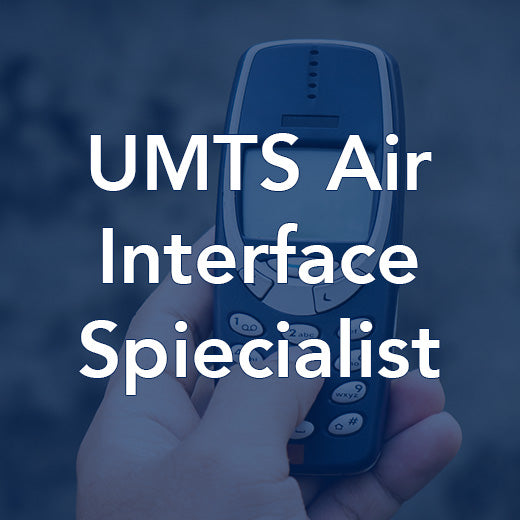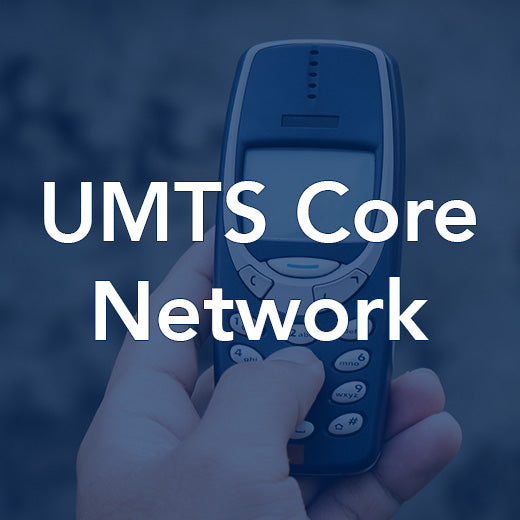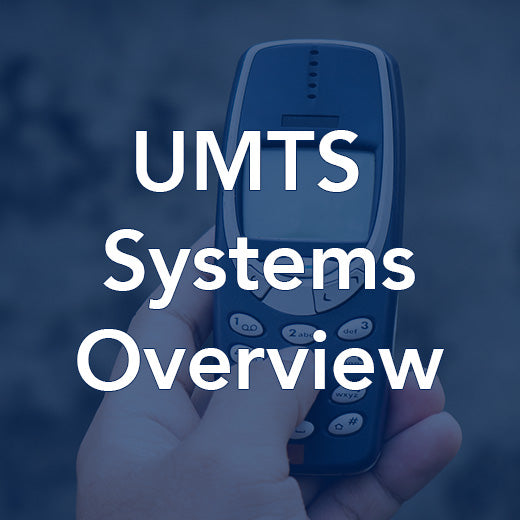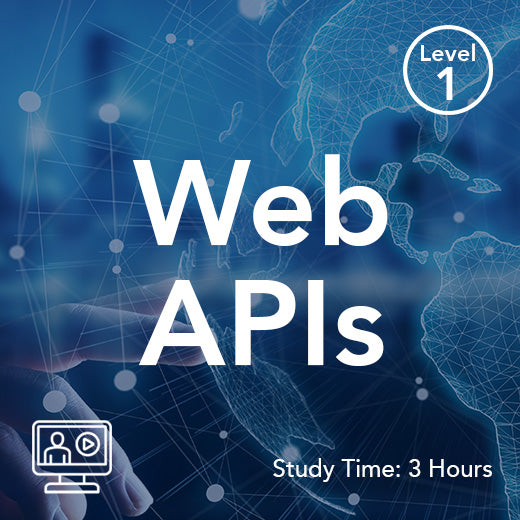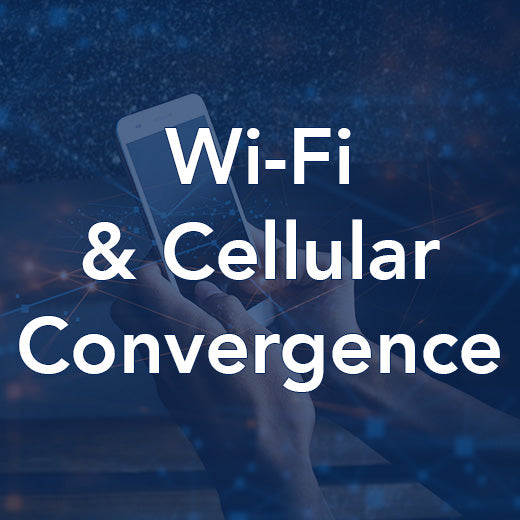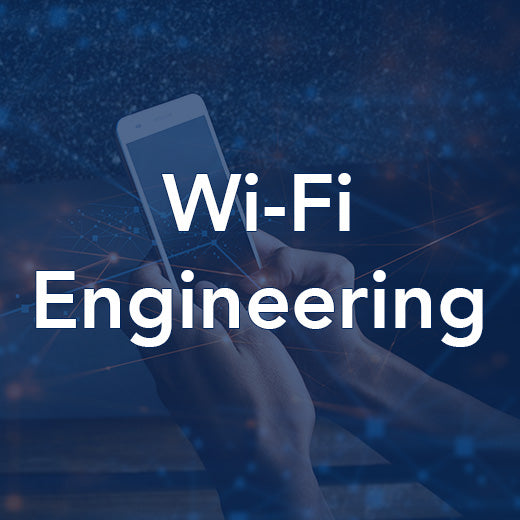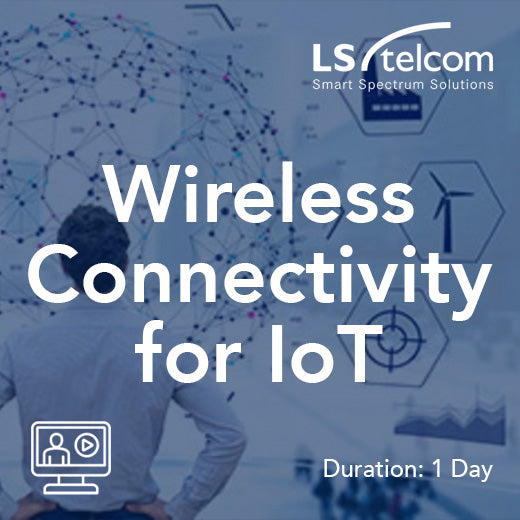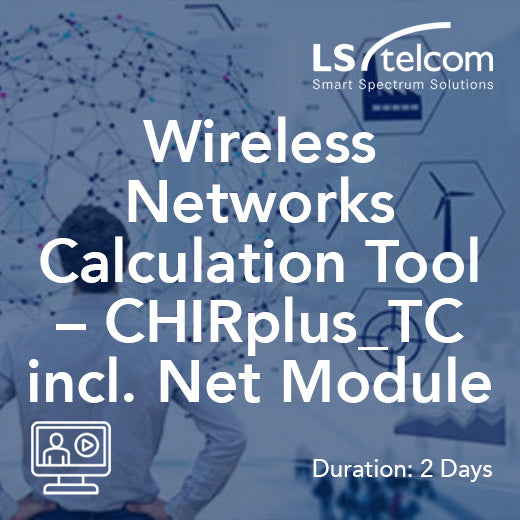The Internet of Things (IoT) covers a huge range of use cases and applications and scales from single devices to massive systems with various elements connecting in real time. Wireless connectivity is an integral part of IoT. Depending on the application, factors such as range, data requirements, security, power requirements and battery life will dictate the choice of one or some form of combination of wireless technologies. Traditional cellular mobile networks based on 2G/3G/4G have almost ubiquitous coverage and high data rates but at cost of high power requirements at end user devices. Low Power Wide Area Networks (LPWAN) based on standards like LoRaWAN, Ultra Narrow Band (UNB) or NB-IoT, are expected to complement traditional connectivity solutions for long range communication. Short range technologies such as Bluetooth, BLE, ZigBee, WiFi or RFID will provide connectivity over short distances. And, of course, 5G presents another set of opportunities for IoT connectivity.
This course explores radio technologies for IoT applications; discusses the underlying concepts and the resulting advantages and limitations. An analysis of spectrum requirements and availability complements the training.
Course Objectives
After completing the training, participants will be familiar with most recent radio technologies available to power IoT applications. They will understand the differences between the technologies, and the benefits and compromises of each.
Intended for
This course is intended for those who have basic knowledge in radio communication systems, who are interested in wireless systems for IoT applications and who may be responsible for implementing radio systems in industry.
Contents
IoT applications and communication requirements
Overview on wireless technologies and approaches for IoT applications
Spectrum requirements and availability
Radio systems for Low Power Wide Area Networks
Radio systems for Low Power Personal Area Networks
3GPP systems and the role of 5G for IoT
About LS telcom:
LS telcom is a global leader in technologies and consulting services for efficient radio spectrum use, optimizing spectrum management to ensure reliable, interference-free, and secure radio services. Our portfolio includes consulting, measurement services, and integrated solutions for planning, analysis, monitoring, and managing radio infrastructure.
Serving customers in over 100 countries, including regulatory authorities, network operators, and industries such as transport, utilities, and security, LS telcom operates globally with subsidiaries and offices in locations like Germany, the UK, Canada, India, and the UAE. Headquartered in Lichtenau, Germany, LS telcom AG has been listed on the German Stock Exchange since 2001 (ISIN DE 0005754402).
Read more less

